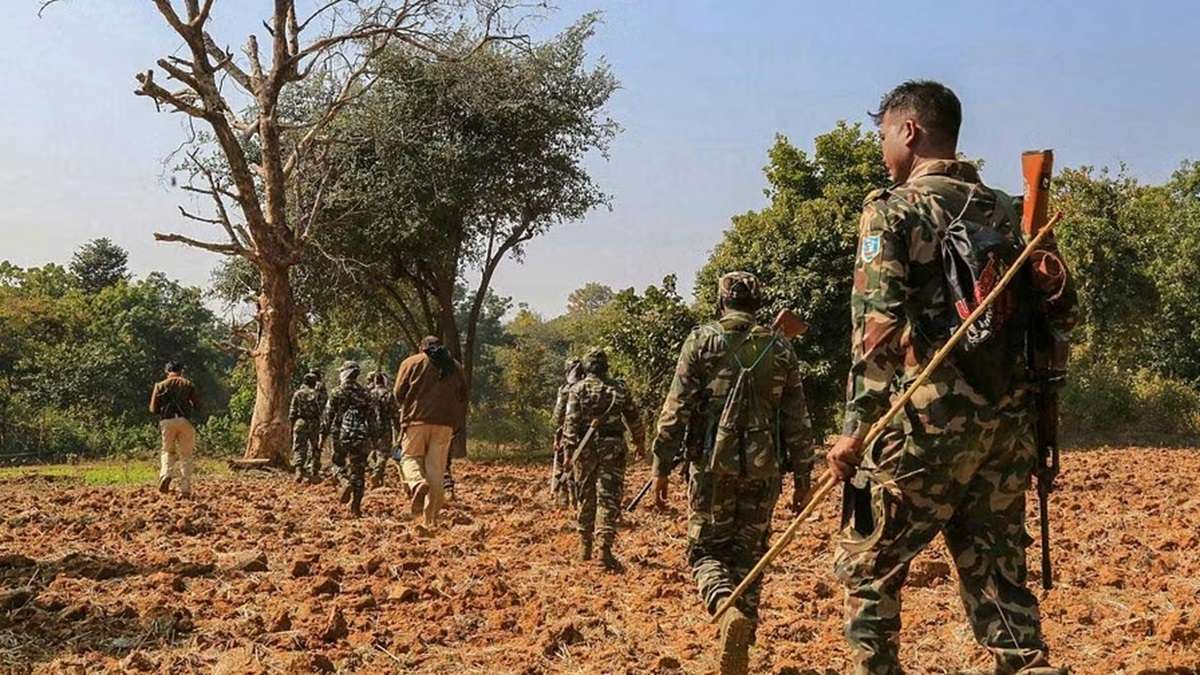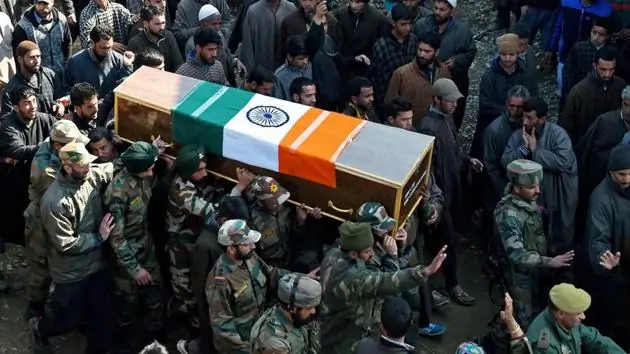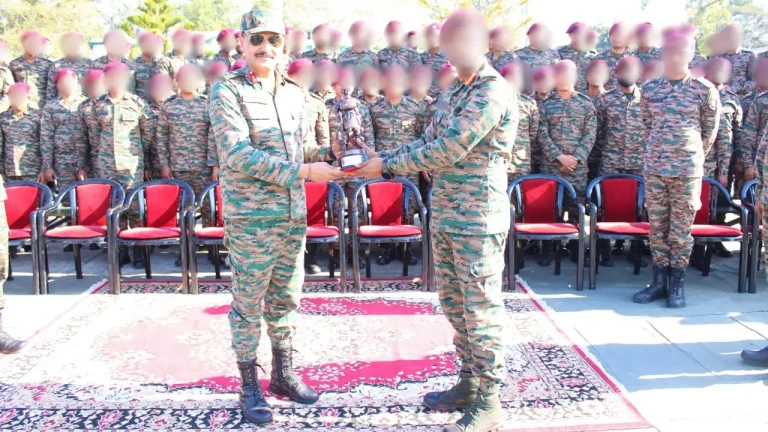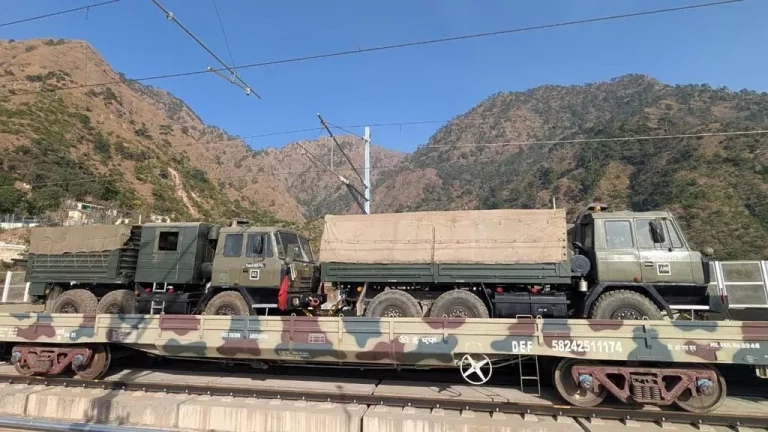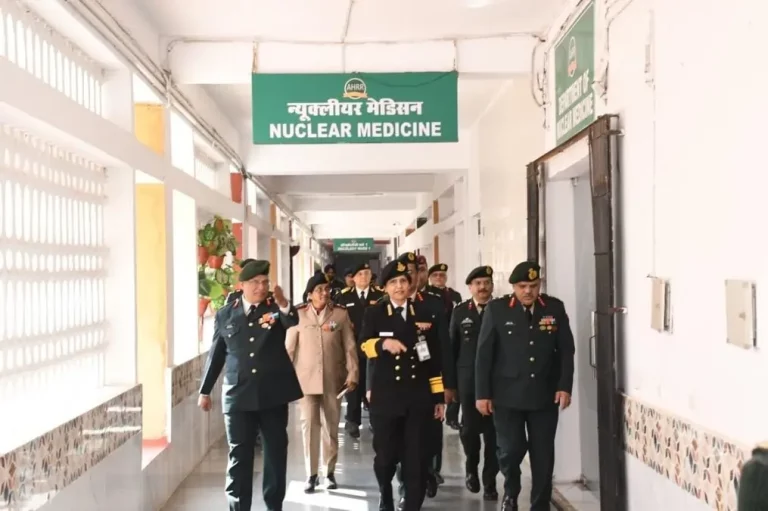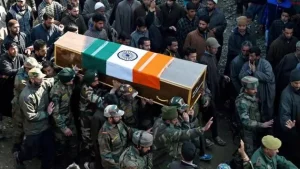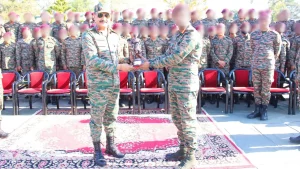In a significant development in the fight against Maoist insurgency, security forces have reported the deaths of 22 Naxals in a high-intensity encounter near the Karegutta Hills in Bijapur district, situated along the volatile border between Chhattisgarh and Telangana. This operation is part of the extensive anti-Naxal initiative dubbed “Mission Sankalp,” which is being recognized as one of the largest and most coordinated offensives against Left-Wing Extremism in India’s history.
The operation commenced on April 21, 2025, incorporating over 24,000 personnel from elite units, including the District Reserve Guard (DRG), Bastar Fighters, Special Task Force (STF), Central Reserve Police Force (CRPF), and CoBRA commandos. The confirmed number of Naxals killed has shifted from initial reports of 15 to 22, indicating that the encounter remains active and dynamic.
The Karegutta Hills, rising to 5,000 feet, has long been a stronghold of Maoist activity, particularly for the feared PLGA Battalion No. 1. Security forces launched a concerted assault on this region in late April, culminating in the hoisting of the Indian flag atop the peak on April 30, signifying both a tactical and symbolic victory for the operation.
The targeted battalion, notorious for its involvement in the 2010 Tadmetla massacre, which claimed the lives of 76 CRPF personnel, has been a primary focus of Mission Sankalp. Intelligence reports have indicated the possible presence of senior Maoist leaders, including Hidma Madvi, Damodar, and CPI (Maoist) General Secretary Nambala Keshava Rao, also known as Basavaraj, who has an associated bounty of Rs 1 crore.
The operation’s challenges have been compounded by the region’s dense forests and rugged terrain, which stretch over approximately 60 km. However, forces have achieved notable successes, such as neutralizing over 100 improvised explosive devices (IEDs) set by fleeing Naxals. To bolster their efforts, an additional 500 commandos were airlifted in as operations spread to surrounding hill areas, where approximately 250 Naxals are still believed to be operational.
The government, under the leadership of Union Home Minister Amit Shah, has expressed its commitment to eradicating the Maoist problem by March 31, 2026, underscoring the political resolve behind Mission Sankalp.
Nevertheless, the operation has sparked controversy. Tribal rights organizations have called for a ceasefire and urged dialogue, raising humanitarian concerns to President Droupadi Murmu. Furthermore, a recent ceasefire proposal from Maoist spokesperson “Abhay” has ignited discussions about the potential for peace negotiations.
Local leaders in Telangana have voiced criticisms regarding the offensive’s scale, while political figures in Chhattisgarh have staunchly defended the mission. This divergence highlights the complexities surrounding the insurgency and the varied perspectives on its resolution.
As security forces aim to dismantle key Maoist strongholds and corner the insurgency’s leadership, this operation is seen as a pivotal moment in India’s internal security framework. The unfolding situation of Mission Sankalp is being closely monitored, with implications that could significantly reshape the landscape of internal security in the country.
